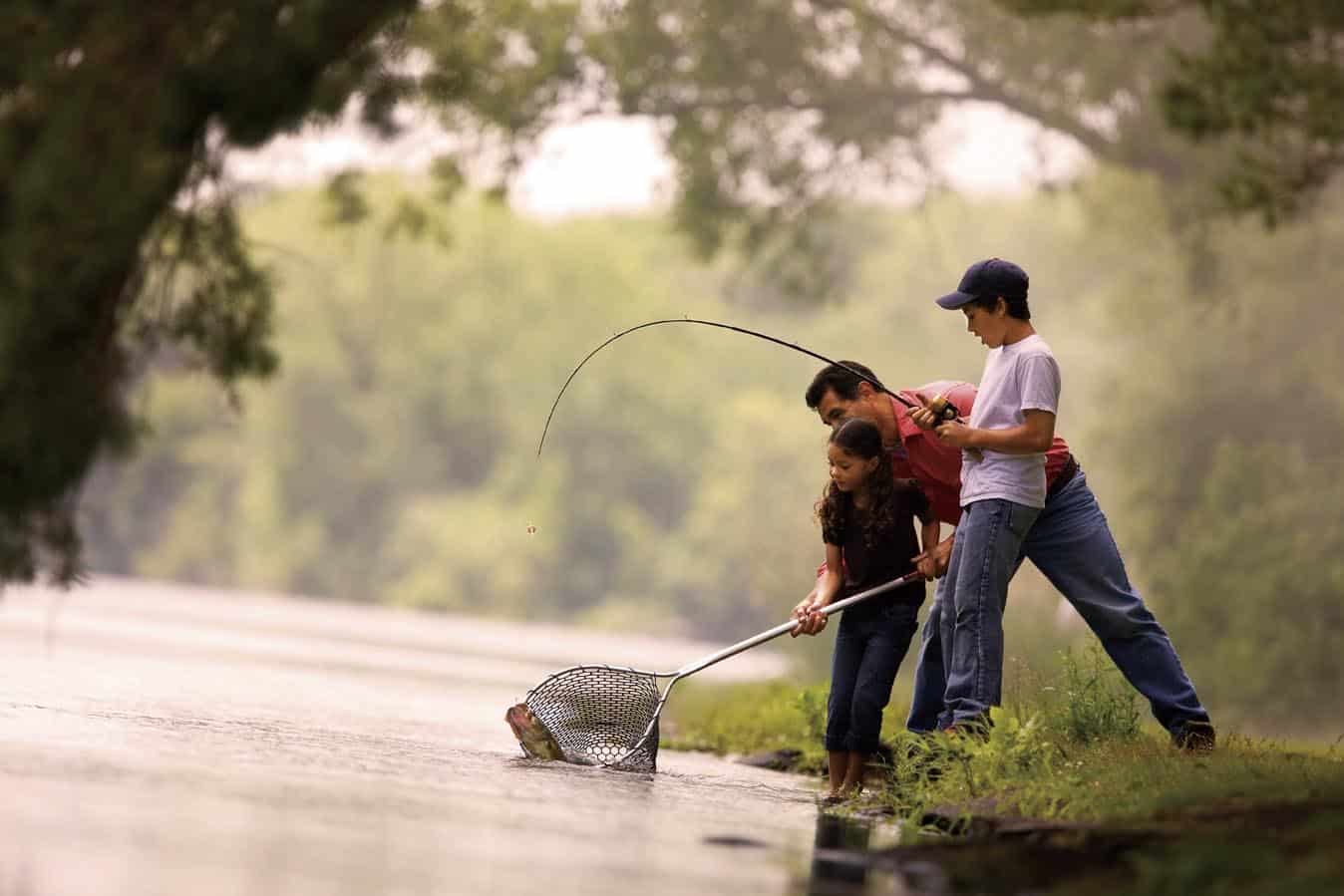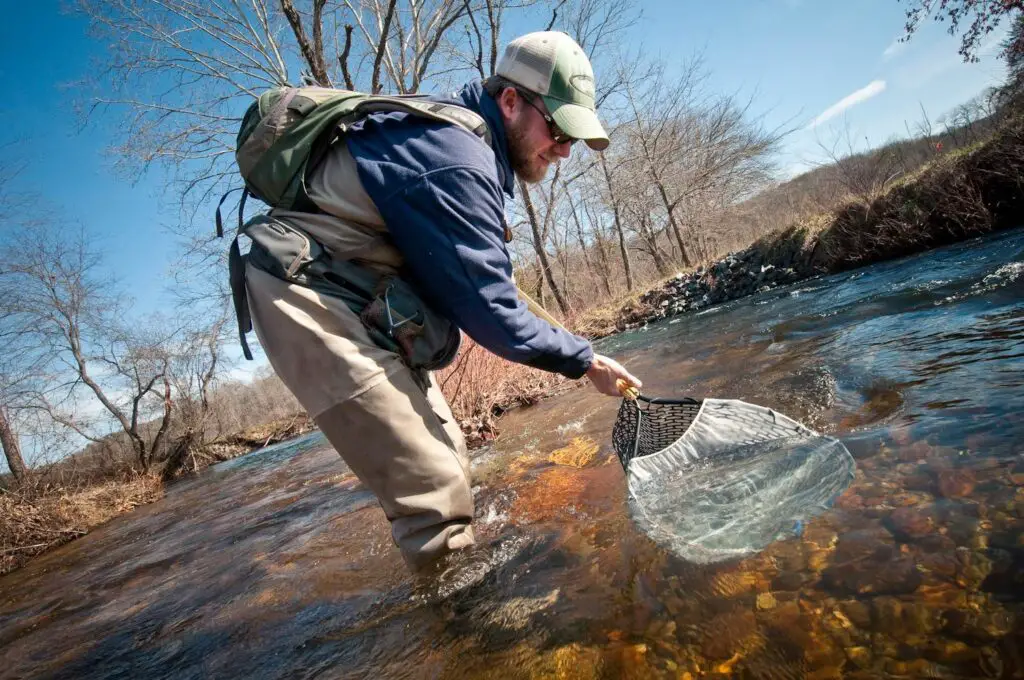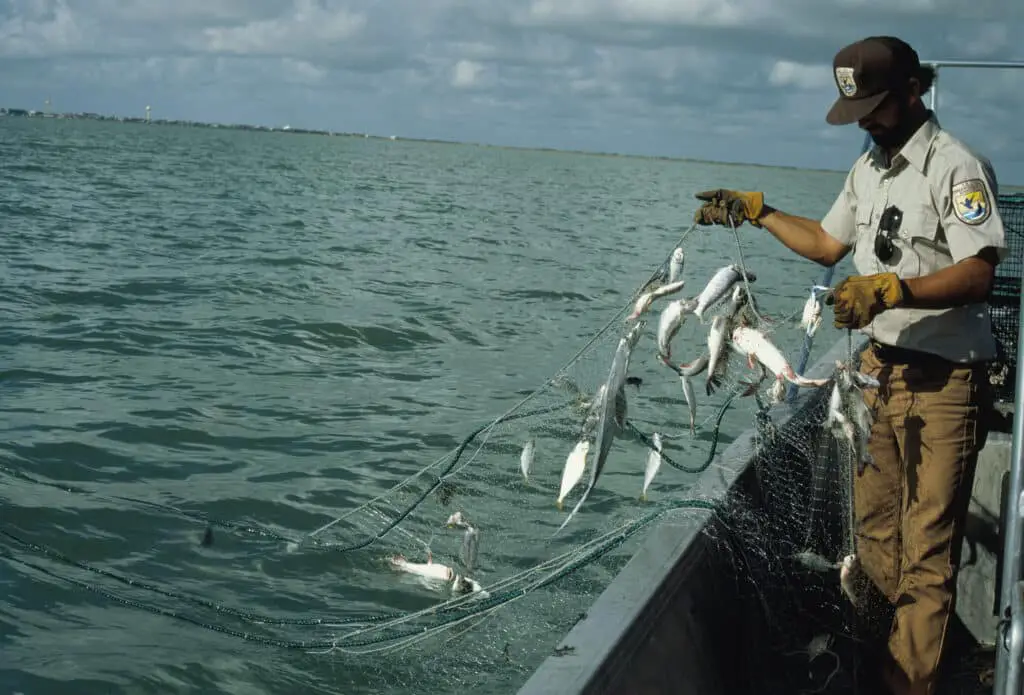How To Avoid Catching Turtles While Fishing

Introduction
Fishing is a cherished pastime enjoyed by millions of people around the world. It allows us to connect with nature, relax, and potentially catch a variety of aquatic species. However, as responsible anglers, it is our duty to protect the delicate ecosystems that support these aquatic creatures. Among the many concerns in fishing conservation is the inadvertent capture of turtles, which can have detrimental effects on their populations. In this guide, we will explore effective ways to avoid catching turtles while fishing, ensuring that we can continue to enjoy our beloved sport while minimizing harm to these remarkable reptiles.

What are some common signs that indicate the presence of turtles in a fishing area?
Recognizing the presence of turtles in a fishing area is crucial for responsible anglers who want to avoid accidental catches and minimize their impact on these reptiles. Several common signs can indicate the presence of turtles in your fishing environment:
Surface Activity: Turtles are air-breathing reptiles, which means they need to surface regularly for air. Look for signs of turtles poking their heads above the water’s surface to breathe. You may spot their distinctive snouts or shells breaking the water’s surface.
Basking Behavior: Turtles often bask on rocks, logs, or the shoreline to absorb heat from the sun. If you see what appears to be a large, rounded object on a log or rock in or near the water, it could be a sunbathing turtle.
Algae-Covered Shells: Turtles, especially aquatic species like red-eared sliders or painted turtles, often have algae or plant growth on their shells. If you notice any debris-covered objects floating in the water or basking on rocks, they may be turtles.
Bubble Trails: Turtles create distinctive bubble trails as they swim just beneath the water’s surface. If you see a series of bubbles or a trail moving slowly through the water, it could be a turtle swimming below.
Turtle Nests: If you are fishing near the shoreline, keep an eye out for turtle nests. Turtles bury their eggs in sandy or soft soil, creating shallow depressions. Be cautious not to disturb these nests as they are vital for turtle reproduction.
Floating Vegetation: Turtles often feed on aquatic plants and vegetation. If you observe patches of floating plants or partially eaten vegetation in the water, it could be an indication of turtle activity.
Muddy Tracks: In areas where turtles commonly nest or access the water, you may find muddy tracks leading to or from the water’s edge. These tracks can resemble clawed imprints in the sand or mud.
Scavenging Birds: Turtles sometimes fall prey to scavenging birds, such as crows or seagulls. If you see a group of these birds congregating near the water’s edge, there may be a turtle carcass nearby.
By familiarizing yourself with these signs of turtle presence, you can be more mindful and take proactive steps to avoid unintentional turtle bycatch during your fishing activities. Responsible angling not only helps protect these ancient reptiles but also ensures the continued enjoyment of fishing in harmony with nature.
How can choosing the right fishing gear and equipment help in avoiding turtle bycatch?
Selecting the appropriate fishing gear and equipment is a critical step in minimizing the accidental capture of turtles, also known as turtle bycatch. Responsible anglers can greatly reduce the risk of harming these reptiles by making informed choices in their gear. Here’s how choosing the right fishing gear and equipment can contribute to avoiding turtle bycatch:
Hook Type: Opt for circle hooks or barbless hooks, which are less likely to deeply embed in a turtle’s mouth or throat. Circle hooks are designed to hook fish in the corner of the mouth, reducing the chances of turtles swallowing the bait.
Line Strength and Material: Use lighter fishing lines with greater visibility, such as monofilament or fluorocarbon lines. These lines are easier for turtles to see and avoid. Heavier lines, like braided varieties, can be more difficult for turtles to detect.
Leaders and Swivels: Incorporate long leaders with swivels into your fishing rig. This setup can help prevent the twisting and tangling of fishing lines, reducing the chances of turtles becoming entangled.
Bait Selection: Choose bait that is less likely to attract turtles. Artificial lures or baits like artificial flies, which are not as appealing to turtles as natural baits, can help minimize turtle interactions.
Weighted vs. Weightless Rigs: Utilize weighted rigs rather than weightless rigs. Weightless rigs, like Carolina rigs, can allow turtles to swallow the bait more easily. Weighted rigs, on the other hand, tend to keep bait near the bottom, reducing the risk of turtle encounters.
Fishing Location: Research your fishing location to determine whether it is known for turtle populations. Avoid fishing in areas with high turtle concentrations or nesting sites during breeding seasons.
Fishing Time: Choose the time of day when turtles are less active. Turtles are typically more active during the daytime, so consider fishing during dawn or dusk when they are less likely to be present near the surface.
Line Control: Maintain constant tension on your fishing line to detect and respond quickly to any unexpected resistance, minimizing the chances of deep hooking turtles.
Proper Disposal: Dispose of old or damaged fishing gear properly. Lost or discarded fishing lines and hooks can pose a significant threat to turtles when they become entangled or ingest them.
By carefully selecting your fishing gear and equipment, you can significantly reduce the likelihood of unintentional turtle bycatch, ensuring a more responsible and environmentally friendly fishing experience. It is essential for anglers to play an active role in the conservation of these magnificent creatures while enjoying their time on the water.
What are the key differences between catch-and-release techniques for turtles and other fish species?
Catch-and-release techniques are essential for preserving both fish populations and turtle populations in recreational fishing. While there are similarities in the principles of catch-and-release for turtles and other fish species, there are also key differences due to the unique characteristics and needs of turtles. Here are the main distinctions:
Handling: Fish should be handled as gently as possible to minimize stress and injury. Turtles, however, have hard shells that provide protection but can also make handling more challenging. It’s crucial to handle turtles carefully and avoid damaging their shells or limbs.
Hook Removal: When catch-and-releasing fish, anglers often use tools like pliers or dehookers to remove hooks. With turtles, it’s essential to use specialized tools designed for turtle hook removal to minimize harm to both the turtle and the angler.
What types of bait should anglers avoid using to minimize the risk of catching turtles?
Anglers can play a crucial role in minimizing the risk of accidentally catching turtles by choosing their bait wisely. Turtles are opportunistic feeders and may mistake various baits for food, leading to unintentional bycatch. To reduce the chances of catching turtles, anglers should avoid using the following types of bait:
Live Baitfish: Live baitfish, such as minnows or shiners, can attract turtles when used as bait. Turtles may snap at these lively offerings, resulting in a hooking incident.
Cut Fish: Chunks or fillets of fish can also be enticing to turtles, especially scavenging species. Their strong sense of smell can lead them to investigate these offerings, potentially resulting in a hooking incident.
Invertebrates: Worms, crayfish, and other invertebrates are commonly used as bait. While turtles primarily feed on aquatic plants and small aquatic creatures, they may still be attracted to the scent or movement of these baits.
Crustaceans: Crustaceans like crabs, shrimp, or crayfish can attract turtles, particularly species that naturally prey on crustaceans. The movement and scent of these baits can lure turtles into the vicinity of fishing hooks.
Power Baits and Dough Baits: These baits, often used for species like catfish, emit strong scents and are designed to disintegrate in water, making them appealing to turtles. Their soft texture can also increase the chances of turtles swallowing them, leading to hook ingestion.
Chicken Liver and Other Meats: Certain meats, like chicken liver, can be used for bait but can also attract turtles due to their odor and texture.
To minimize the risk of turtle bycatch, anglers should consider using alternative baits that are less likely to attract these reptiles:
Artificial Lures: Artificial lures, such as plastic worms, grubs, or flies, are less likely to appeal to turtles because they lack the scent and movement of live or natural baits.
Dough Baits Designed for Fish: Some dough baits formulated for specific fish species are less likely to attract turtles due to their composition and scent.
Baits with Strong Odors: Baits with strong, unnatural odors can deter turtles from approaching the fishing area.
Fly Fishing: Fly fishing with artificial flies can be a turtle-friendly approach, as turtles are less likely to mistake these small, lightweight offerings for food.
By avoiding bait that is particularly attractive to turtles and choosing alternatives, anglers can help protect these remarkable reptiles while enjoying their fishing experiences responsibly. Additionally, anglers should always be prepared to release any accidentally caught turtles with care and minimal harm.
Releasing Depth: Fish are typically released near the surface, where they can swim away freely. Turtles, especially aquatic species, should be released in deeper water to prevent them from immediately resurfacing and potentially getting caught again.
Duration of Handling: The time fish are handled should be minimized to reduce stress. For turtles, it may take longer to handle them safely due to their size and weight. However, it’s crucial to avoid prolonged handling and to release them promptly.
Species Identification: Anglers often need to quickly identify fish species to determine if they are of legal size or if they are a protected or endangered species. Turtles may require a more careful approach to species identification, as many look similar, and some species may be protected or require special handling.
Releasing Location: While both fish and turtles should be released near where they were caught, turtles often need to be released in areas that match their specific habitat requirements, such as freshwater for freshwater turtles and saltwater for sea turtles.
Assisting Distressed Turtles: If a turtle appears injured or in distress, anglers should contact wildlife authorities or experts for assistance. Unlike fish, injured turtles may need medical attention, rehabilitation, or relocation to a rehabilitation center.
Reporting Catches: Some regions and organizations require anglers to report turtle captures, even if the intention is to release them. This helps monitor populations and track the impact of fishing activities on turtles.
In summary, catch-and-release techniques for turtles involve considerations that are tailored to the unique biology and behavior of these reptiles. Anglers should be well-informed about these differences and be prepared with the appropriate tools and knowledge to ensure the safe release and conservation of turtles during their fishing adventures.
How does the time of day and season affect the likelihood of encountering turtles while fishing?
The time of day and season can significantly influence the likelihood of encountering turtles while fishing. Understanding these factors is essential for responsible anglers who want to minimize their impact on these reptiles. Here’s how time of day and season affect the chances of encountering turtles while fishing:
Daytime: Turtles are ectothermic, meaning their body temperature depends on the surrounding environment. As a result, they are often more active during the daytime when the sun is out. This increased activity can include basking on rocks or logs, swimming near the surface to regulate their body temperature, or foraging for food. Therefore, daytime fishing, especially in sunny conditions, increases the likelihood of encountering turtles.
Dusk and Dawn: Turtles tend to be less active during the early morning and late evening hours (dusk and dawn) when the temperatures are cooler. These times can be ideal for fishing if you want to minimize the chance of encountering turtles, as they are less likely to be near the surface.
Breeding Season: Turtles have specific breeding seasons, which vary depending on the species and region. During these periods, turtles may be more active and more likely to be encountered near the water’s surface as they search for mates and nesting sites. Avoiding fishing in areas known for high turtle activity during their breeding seasons can help reduce encounters.
Nesting Season: Female turtles often come ashore to lay their eggs during nesting seasons. Nesting can occur during specific times of the year, depending on the species. Anglers should be cautious when fishing near nesting sites to avoid disturbing these vulnerable turtles.
Migration: Some species of turtles, such as sea turtles, undergo long-distance migrations. These migrations can coincide with certain times of the year when turtles are more prevalent in specific areas. Anglers should be aware of migration patterns and adjust their fishing locations accordingly to minimize turtle encounters.
Hibernation: In colder regions, turtles hibernate during the winter months and are less active. Fishing during the winter season reduces the chances of encountering turtles, as they are typically submerged in water bodies or burrowed into the mud.
In summary, the time of day and season can impact the likelihood of encountering turtles while fishing. Responsible anglers should consider these factors when planning their fishing trips and take appropriate measures to minimize disturbances to turtles, especially during breeding, nesting, and migration seasons. This proactive approach not only protects these fascinating reptiles but also contributes to a more harmonious coexistence between anglers and aquatic wildlife.

Conclusion
In our pursuit of the perfect catch, it is imperative that we adopt responsible fishing practices to minimize the impact on non-target species like turtles. By following the guidelines and strategies outlined in this guide, we can significantly reduce the likelihood of accidentally catching turtles while fishing. As responsible stewards of our natural world, it is our duty to protect the diverse and fragile ecosystems that support the incredible biodiversity of aquatic life, including turtles. Let us continue to enjoy the joys of fishing while also preserving the beauty and balance of our aquatic environments for generations to come.



